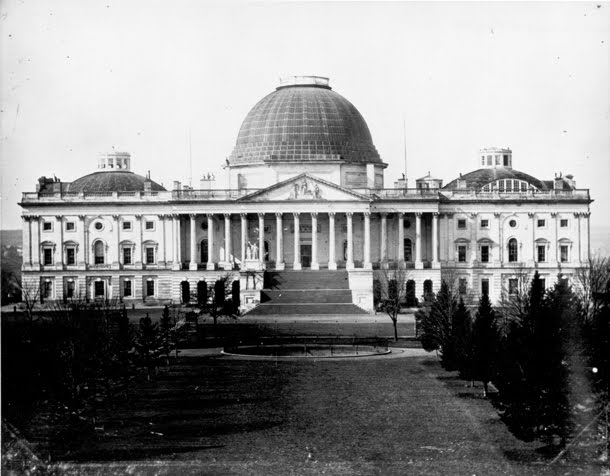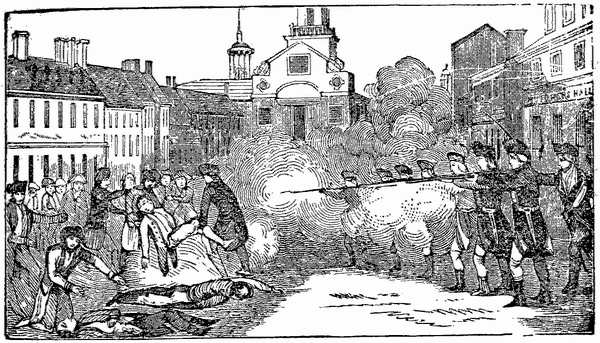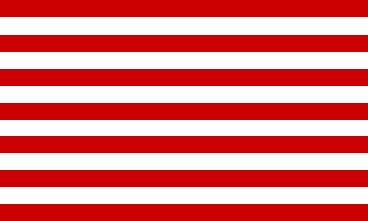From A Thousand Nations and Secession and Nullification--Facts and Information:
Let 560 Nations Bloom – Within the Boundaries of the U.S.
July 2, 2010
tags: Sovereignty, Native Americans, Free Cities, Nozickian Utopias, Common Lawby flowidealism
.This post by Michael Strong is part of Secession Week 2010: Federalism and Secession
Arguably the simplist and most immediate path for “Letting a Thousand Nations Bloom” is to support tribal sovereignty movements around the world, especially in the Common Law nations of the Anglosphere like the U.S. Other colonialist European nations unapologetically battled and conquered indigenous peoples, but coming from a revered tradition of rule of law and the Lockean principle of “first possession,” many British colonists found the entire “conquest” project a bit morally awkward even several hundred years ago.
Thus in the U.S. and other Common Law nations, these armed or diplomatic confrontations ended in negotiated treaties with the native peoples that reserved land for their nations, within the boundaries of the federally governed territories. In the U.S. the sovereignty of the tribes as wholly separate from the federal government is noted often in the constitution. While the governments of these countries may have infringed and even ignored these treaties in many ways over the centuries, there has been continuous recognition of sovereign rights negotiated de jure and in the last fifty years a new de facto assertion and recognition has begun to bloom as regards the “sovereignty” of indigenous peoples (especially in the U.S., Australia, New Zealand, and Canada).
In the U.S., Chief Justice John Marshall laid out a series of opinions starting in the 1830s that affirmed the sovereignty of indigenous peoples. For instance, in Worcester v. Georgia, he wrote, “The Cherokee nation . . . is a distinct community, occupying its own territory, with boundaries accurately described, in which the laws of Georgia can have no force.” To which, of course, President Andrew Jackson is said to have replied “John Marshall has made his decision; now let him enforce it!” Jackson’s subsequent policy of “Indian removal,” including his infamous support for removing the Cherokees from their homes and sovereign territory in “The Trail of Tears” makes his actions among the most shameful in U.S. history (Google offers “Andrew Jackson worst president” as among its autocompletes).
Arguments for continued and expanded Native American sovereignty are strong; Here is an excellent summary of the state of Native American sovereignty from Harvard’s Project on American Indian Development led by Joseph Kalt, who got his doctorate under Armen Alchian. Even more important than Marshall’s Supreme Court decisions is the fact that the U.S. government signed treaties with most of the Native American tribes as sovereign governments. As Kalt states:
The reality is that few tribes in the U.S. were conquered by military campaigns. Most, but not all, tribes entered treaties with the United States. This was particularly true of those that engaged in military combat with the U.S. The very act of treating is a nation-to-nation form of intergovernmental interaction, and the British-cum-Americans certainly saw such interaction as de recto and de jure more regularly than the Spanish or the Portuguese in the Americas. The resulting treaties did not and do not absorb the tribes into the United States; rather, the reverse is true. The treaties recognize and preserve tribal sovereignty: In return for giving up almost all the land in the U.S., the U.S. made promises to the tribes. It promised to respect their rights over reserved land, and to recognize that those lands would be governed by tribes, not by the state governments. Those tribes that did not sign treaties were similarly protected by the doctrine that inherent sovereignty is to be respected by the United States.
In addition, Kalt’s research shows unambiguously the connection between economic prosperity and sovereignty for Native Americans:
If we look back on the history of federal Indian policy in the Twentieth Century, it is not a coincidence that it has only been in the era of self-determination that a significant number of reservations have begun to break the cycle of poverty and dependence. Sovereignty is one of the primary development resources tribes can have, and the reinforcement of tribal sovereignty under self-determination should be the central thrust of public policy. One of the quickest ways to bring development to a halt and prolong the impoverished conditions of reservations would be to further undermine the sovereignty of Indian tribes. We are aware that this is a very “pro-Indian” conclusion. But I must stress that it is a conclusion based on the evidence from case after case. There are no successful cases where federal planning and management has produced sustained economic development in Indian Country. The only thing that is working is self-determination— i.e., de facto sovereignty.
Colonialism, socialism, and dependency never bring prosperity – nor do they bring pride and self-respect. Economic prosperity and self respect only come through self-determination – through de facto sovereignty.
Since the 1970s, there has been a global movement to acknowledge increasing degrees of sovereignty for indigenous peoples around the world. In the U.S., the rise of gambling is the most high profile outcome of this movement, but in many ways the U.S. tribes are in the infancy of regaining and exercising their sovereignty. There are, of course, political forces that would like to keep them subjected to U.S. government power. That said, there is also a global indigenous rights movement that has, among other things, justice on its side and language in various U.N. documents that supports growth in their right to self-determination. It would appear timely and honorable to continue the movement toward proper recognition of American Indian sovereignty in a deep way on the territories that they govern. Again, from a paper co-authored by Kalt,
The Indian nations of the United States face a rare opportunity. This is not the occasional business opportunity of reservation legend, when some eager investor would arrive at tribal offices with a proposal “guaranteed” to produce millions of dollars for the tribe—although such investors still appear, promises in hand. Nor is it the niche economic opportunity of gaming, although that has transformed some tribes’ situations in important ways. This opportunity is a political and organizational one. It is a chance to rethink, restructure, reorganize—a chance not to start a business or exploit an economic niche but to substantially reshape the future. It is the opportunity for nationbuilding.
This opportunity has been unfolding during the last two decades. It is a product of changed relations between Indian nations and the federal government, relations with roots in the Indian politics of the 1960s and in the failure of a century of United States Indian policies that established the federal government as the primary decision maker in Indian country. Since the mid-1970s, partly in response to the demands of Indians themselves, federal policy has shifted toward something called “self-determination”: a belief, often more stated than acted upon, that Indian nations should determine their own futures.
This shift toward self-determination has allowed those nations that have been willing to do so to engage in genuine self-governance, to turn sovereignty as a legal matter into de facto sovereignty: sovereignty in fact and practice. They still face many constraints, not least the power of the courts and of the United States Congress, but since 1975 a significant number of Indian tribes have become the effective decision makers in their own affairs, often with strikingly positive results.”
Among the little known facts about U.S. native american tribes:
1. That they can, under certain circumstances in certain states, acquire new land and transfer their sovereign rights to the new territory.
2. Tribal membership criteria may be determined by the tribes themselves, and need not include any genetic criterion.
Thus, in principle, the Native Americans are in a strong legal position to create 560 nations within the U.S. borders.
Indeed, the tribes are already actively experimenting with diverse approaches to governance. The Navajos are combining traditional Navajo law with common law in interesting ways. For a fascinating analysis of the importance of forming a match between cultural norms and governance structures, see this paper, co-authored by Kalt, on Cultural Evolution and Constitutional Public Choice: Institutional Diversity and Economic Performance on American Indian Reservations.
Of course, the U.S. federal government is a powerful opponent that can do whatever it wants. But if we work together to create a strong moral and practical case for increasing Native American sovereignty, and if the tribes actively deploy their newly gained sovereignty in ways that are beneficial to all, there may be a realistic legal path towards more competitive government within the U.S. boundaries.
Given our belief here at “Let a Thousand Nations Bloom” in the importance of regulatory arbitrage as a means of improving the health and well-being of people (and governments) everywhere, perhaps the Native Americans will save the U.S. from demosclerosis by means of letting 560 Nations Bloom within the U.S. borders. This may be especially true if we combine the legal status of Native Americans with my Free Cities strategy. Perhaps we could see a Nozickian Utopia of Utopias led by the indigenous peoples of North America within our lifetimes.
If you were a leader of a Native American tribe, in what specific ways would you push for sovereignty? What business opportunities, beyond gaming, might there be for a business savvy tribe concerning the opportunities of regulatory arbitrage in an increasingly statist U.S.?
Saturday, July 3, 2010
Subscribe to:
Post Comments (Atom)
.gif)






























No comments:
Post a Comment